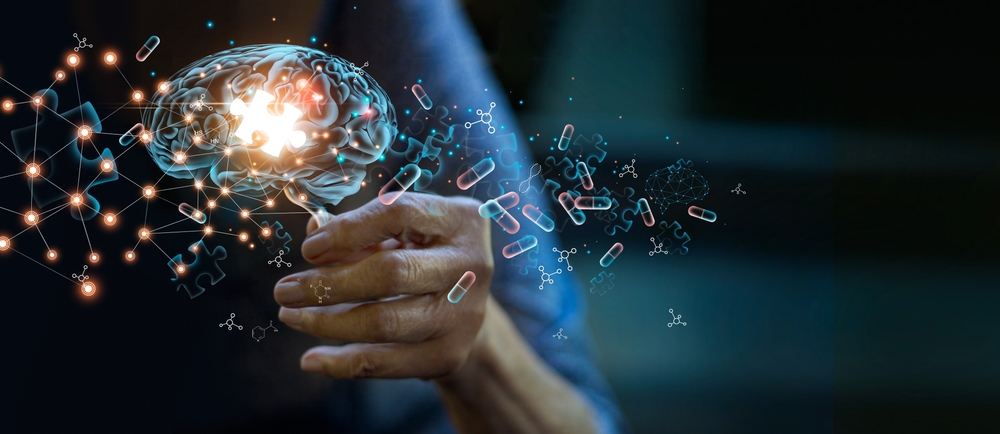Deep Brain Stimulation for Parkinson s Disease

Several parts of the brain are implanted with electrodes during deep brain stimulation (DBS). Electrical impulses are produced by these electrodes. The brain's cells and molecules may be affected by electrical impulses.
An electronic device that resembles a pacemaker and is positioned beneath the skin in the upper chest regulates the intensity of deep brain stimulation. This gadget is linked to the electrodes in the brain by a cable that passes beneath your skin.
Many illnesses, including Parkinson's disease, essential tremor, dystonia, epilepsy, and obsessive-compulsive disorder, are widely treated using deep brain stimulation. Additionally, chorea, Huntington's disease, Tourette syndrome, chronic pain, and cluster headaches are also prospective candidates for therapy with deep brain stimulation.
Purpose:
Since the discovery of levodopa, DBS has been the most significant therapeutic development. Studies suggest benefits endure for at least five years, and it works best for patients with debilitating tremors, wearing-off episodes, and medication-induced dyskinesias. As many difficulties, including those with speech, swallowing, thinking, or gait freezing, do not consistently respond to DBS treatment, it is not appropriate for everyone with Parkinson's.
Procedure:
Your brain receives electrical pulses from a tiny device that is implanted within your chest. Parkinson's symptoms are caused by nerve signals, which the pulses inhibit. Four components make up a DBS system:
- A lead, is a small wire that is inserted into the area of the brain that is producing your symptoms.
- A pulse generator transmits minute electrical signals to the lead, similar to a pacemaker.
- A cable joins the lead and the pulse generator.
- The only component outside of your body is a remote control used to programme the machine.
A DBS specialist will modify the system once it is installed and switched on to provide the best symptom alleviation possible.
Two surgeries will be performed on you: one will insert the lead in your brain, and the other will implant the pulse generator inside your chest. Although they are occasionally completed simultaneously, the lead is usually inserted first. The pulse generator will then be sent to you a few weeks later.
Your surgeon will want a method to aid them in precisely navigating through your brain during the brain surgery. After numbing your scalp, a wireframe is frequently fitted into your skull. A frameless method with plates that are screwed into place the day prior to the surgery is used by certain surgeons.
To build a "map," a brain scan will be performed while the frame or plates are in place. Then your doctor cuts a hole in your head about the size of a dime. To find the ideal location for the lead, they will use a specialized probe that connects to the frame or plates. You can also be asked to move certain body parts or respond to inquiries. It's a highly sensitive process that might take some time; therefore, practicing relaxation methods before the procedure is a good idea.
Your surgeon inserts the lead once the target area is located. Your scalp is covered by the wire that links the lead and the battery pack. Your skull hole is patched up with stitches and a plastic cover.
You'll probably spend the night in the hospital and leave the following day.
Complications:
DBS is secure and efficient when used on carefully chosen individuals. There are risks as well as potential side effects, but they are often minor and treatable.
Possible risks include:
- 1% chance of cerebral bleeding, including a stroke
- Infection
- Device failure
- Certain conditions do not benefit
- Headache
- Deteriorating emotional or mental state
Side effects that may occur during stimulation include:
- A brief tingling sensation on the face or limbs
- A muscular sense of tension
- Eyesight or speech issues
- Loss of equilibrium
Conclusion:
Deep brain stimulation (DBS) is a surgical procedure where a device is implanted and it provides electrical signals to the locations of the brain that control bodily movement. Deep inside the brain, electrodes are attached to a stimulating device. Parkinson's disease, dystonia, or essential tremor symptoms such as tremor, slowness, stiffness, and walking issues may be lessened by DBS. If DBS is successful, patients may be able to take fewer drugs and have an improvement in their quality of life. DBS does come with a minor possibility of infection, stroke, hemorrhage, or seizure, much like any brain procedure. A Parkinson's patient who is thinking about having DBS surgery has to be educated about the technique and have reasonable expectations.






